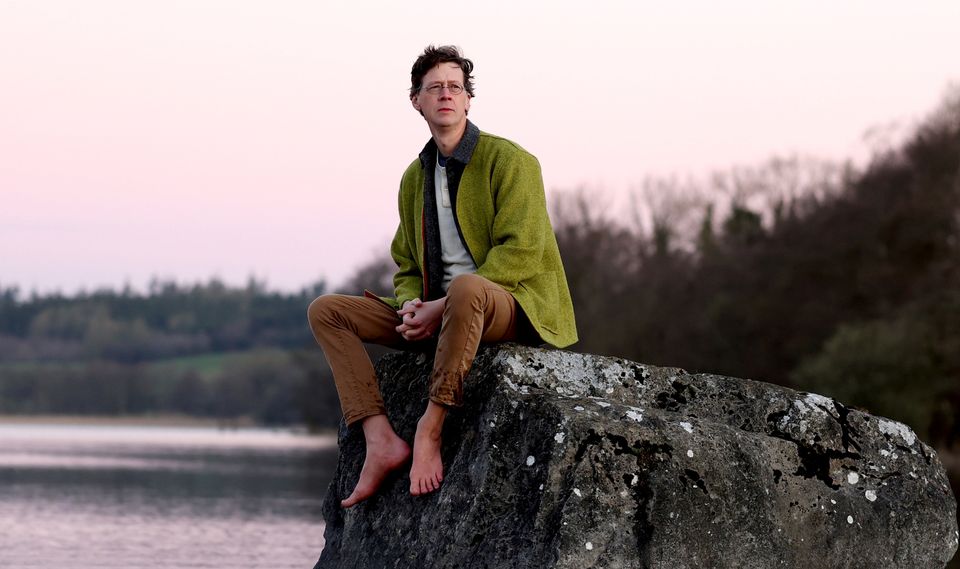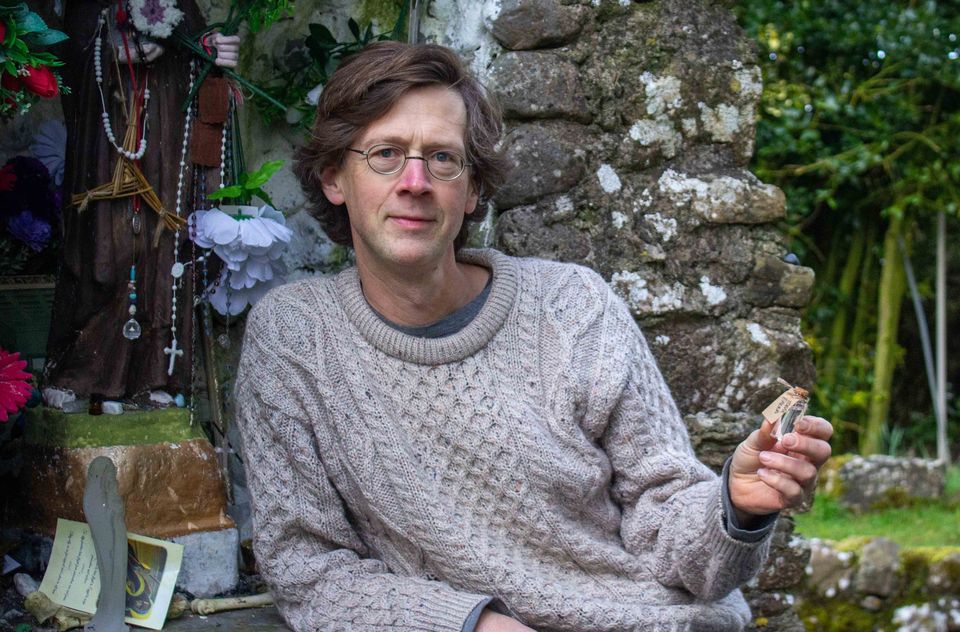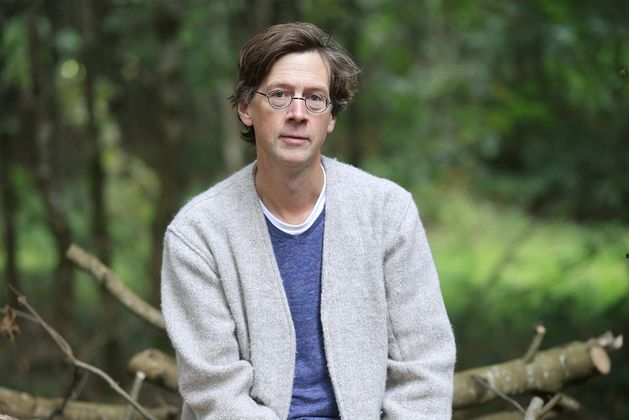The prolific documentary-maker, writer and environmentalist, who died on Thursday at the age of 55, was best known for his controversial television series No Béarla.
In 2007 after a census had shown a quarter of the population considered themselves fluent Irish speakers, he made the programme for TG4, in which he travelled around Ireland doing everything through the Irish language.
“I knew that was a lie [that 25pc were fluent], I knew people were lying to themselves,” he told Professor Colm Graham of Maynooth University at a talk in the My Identity series, hosted by the Royal Irish Academy last February. The programme attracted a backlash from some Irish speakers who felt he did not comprehend the efforts they were making.
His embrace of his heritage “always had impish political undertones” said one observer. “It was a very political programme,” he conceded.
The musician and radio presenter Fiachna Ó Braonáin described Magan as, “the most non-toxic man I ever came across”. On Oliver Callan’s show on RTÉ 1 on Friday, Ó Braonáin said the writer and broadcaster was “born to explore”.
“He didn’t just travel to sightsee; he travelled to dive deeply into the way the custodians of those lands lived. That’s what also informed his immeasurable grá for Gaelige as well. What he has done for us on that can’t be measured. An amazing, amazing man.”
Although he grew up in leafy Eglinton Road, Donnybrook, Dublin 4, Magan’s maternal family were steeped in the Irish language and republicanism. On his mother’s side his great grand-uncle was The O’Rahilly, the only 1916 leader to die in combat, after he was shot in the doorway of a shop in Moore Street attempting to escape from the GPO.
The family spent summers in west Kerry, where they had a house in Ventry. He described his Irish-speaking grandmother, Sighle Humphreys, as “a firebrand and violent terrier of a woman”. But it was a legacy of £10,000 from her that enabled him to build his eco-friendly house with a grass roof on plot of land in 1987 in Cummerstown, Co Westmeath. He lived there and grew his own vegetables between writing books and making documentaries.

Broadcaster Manchán Magan. Photo: ©INPHO/James Crombie
His father, who died when Manchán was 18, was a radiologist and a member of a well-known farming family from Kilashee, Co Longford. “I’m much more in tune with my father’s family than with the pioneering, proselytical family on my mother’s side,” he told Prof Graham in the My Identity series.
Manchán Magan was born in Donnybrook, Dublin, in 1970 to Michael and Cróine Magan. He was educated at Gonzaga College, the nearby Jesuit private school.
He studied Irish and history at University College Dublin, but, after a stint working in Germany, he became a traveller and writer, describing himself as a “footloose dreamer”.
In 1996, he was living in a cowshed among the hill tribes of Uttar Pradesh, in the Himalayas when his brother, the filmmaker Ruán Magan, “shook him awake” and together they filmed what became Manchán san India for TG4. In the following decade, they travelled widely in South America, the Middle East and China, immersing themselves in the people and cultures they encountered.
He had a ferocious work rate and as well as his programmes on the Irish language, he was a consummate travel writer, most recently presenting Manchán’s Europe by Train. “I’m trying to make an impact. I’m trying to make people fall back in love with the language and the landscape,” he said.
In 2016, he contested the general election for the Green Party, securing 1,104 first preference votes in Longford-Westmeath. “We need the ideas the Green Party espouse to be in every party,” he said afterwards. But politics was a sideshow to his prolific literary output, with books including Ireland in Iceland, Thirty-Two Words for Field (2020) and Listen to the Land Speak (2022).

Presenter Manchán Magan. Photo: RTÉ
He was diagnosed with prostate cancer in 2023. “I was in San Sebastian and I did a Zoom with my oncologist,” he told the Irish Times in 2024. “I knew there was a problem with my prostate and I had got an MRI, so when we were filming, there was a sense that this isn’t going to give good news.”
In an interview with Brendan O’Connor on RTÉ Radio 1 last month, Manchán left his bed in St James’s Hospital in Dublin to come to the studio and confirmed that the diagnosis was terminal, as the cancer had spread to multiple organs. “Mostly, I’m focused on thinking, ‘Jesus, there’s books, there’s films, there’s things I want to do’,” he said.
He said he wasn’t “scared” of death, but “there’s the sadness thinking about my partner being alone”. It was a “huge blessing” that he didn’t have children, he added.
At the time of the interview, he had been in hospital for several weeks but was also planning to go back performing. His show Language, Memory, and the Magic of Bread, in which he baked sourdough and talked about his passion for language, was scheduled for a tour next month.
“The last five years, for me, it’s almost been like a cancer of creativity” he told O’Connor. “I’m just dropping these books and TV series every few months about the Irish language, different aspects of Irish culture.”
His last book, Ninety-Nine Words for Rain (and One for Sun), illustrated by the artist Megan Luddy, has just been published.
Magan is survived by his wife Aisling, his mother Cróine, his brothers Ríoch and Ruán and his sister Líadain. He is predeceased by his father and his sister Dairíosa. His ashes will be scattered on the Hill of Uisneach in Westmeath on November 1.
